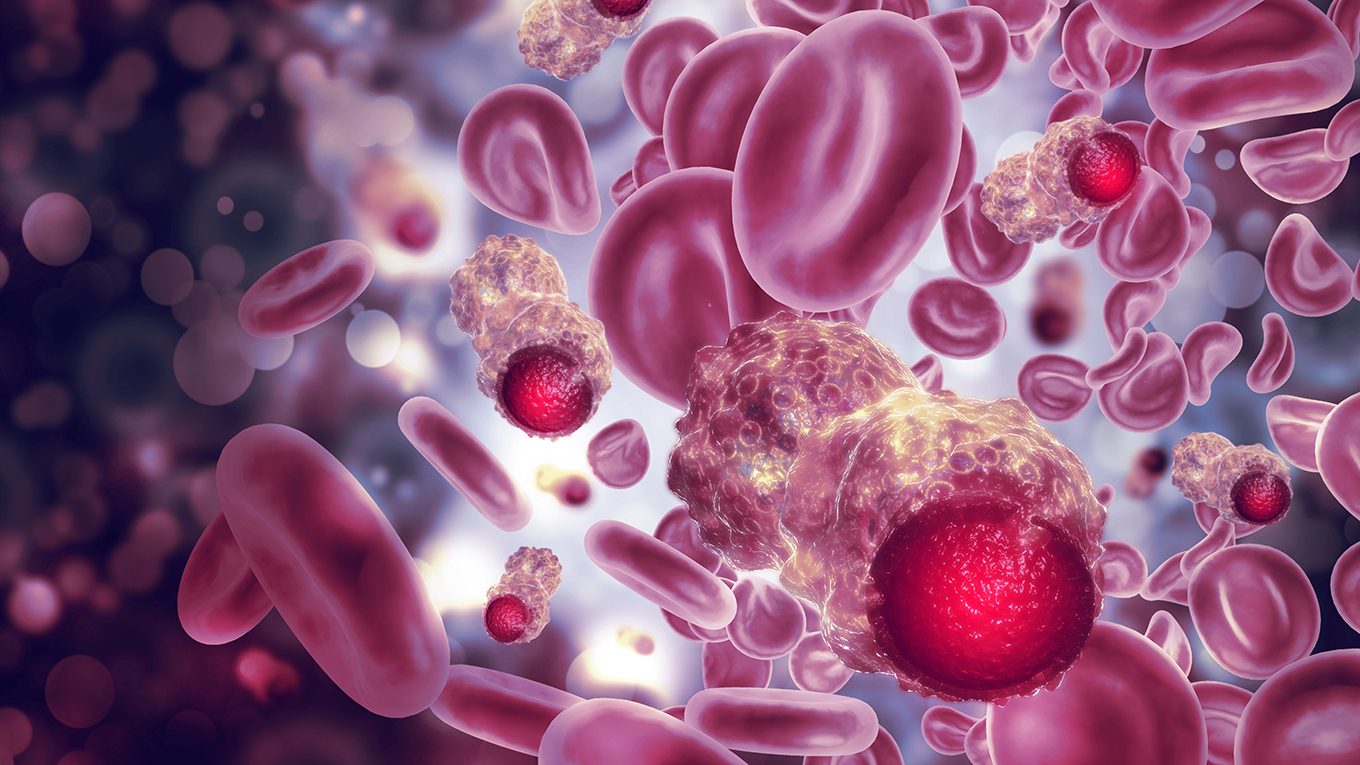
Put to the test
Detecting cancer early can be difficult, and current screening methods can be invasive or expensive. But now, a group of medical researchers — including a team led by Xin Guo, professor of industrial engineering and operations research — has developed a method that can help detect cancer from a simple blood test, well before the first symptoms are present.
Blood contains degraded fragments of DNA called cell-free DNA. In individuals who have cancer, some of this cell-free DNA — called circulating tumor DNA (ctDNA) — comes from tumors. Typically, to detect ctDNA in blood, scientists use a genetic analysis method called deep methylation sequencing. But this method produces a lot of data, in part because ctDNA isn’t the only DNA present. Weeding through large amounts of data for signs of ctDNA is already a challenge, but the data from deep methylation sequencing is further complicated by limitations of the technique that cause damage to the DNA and errors in the signal. Because of this, scientists have struggled to find analysis methods sensitive enough to detect low concentrations of ctDNA. But Guo had the perfect solution. She and graduate student researcher Chengju Wu fine-tuned a common machine learning algorithm until it was able to sift through thousands of data points and locate the ones they needed. The researchers then applied it to a sequencing method they developed — called enhanced linear-splinter amplification sequencing or ELSA-seq — that boosts the data signal. The results showed that their method outperformed all others, detecting nearly twice as many patients with cancer than another common sequencing method, and was able to detect ctDNA at concentrations as low as 1 in 10,000. They accurately detected cancer in 52% of the patients with early-stage cancer and 81% of those with late-stage cancer, with a 96% specificity.
Learn more: Using machine learning to detect early-stage cancers

